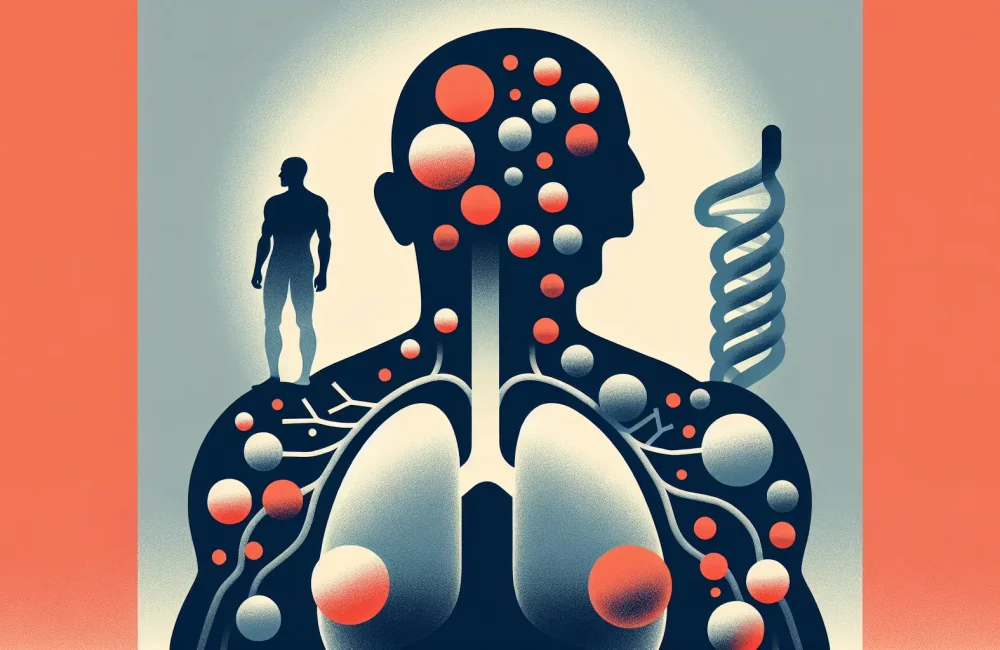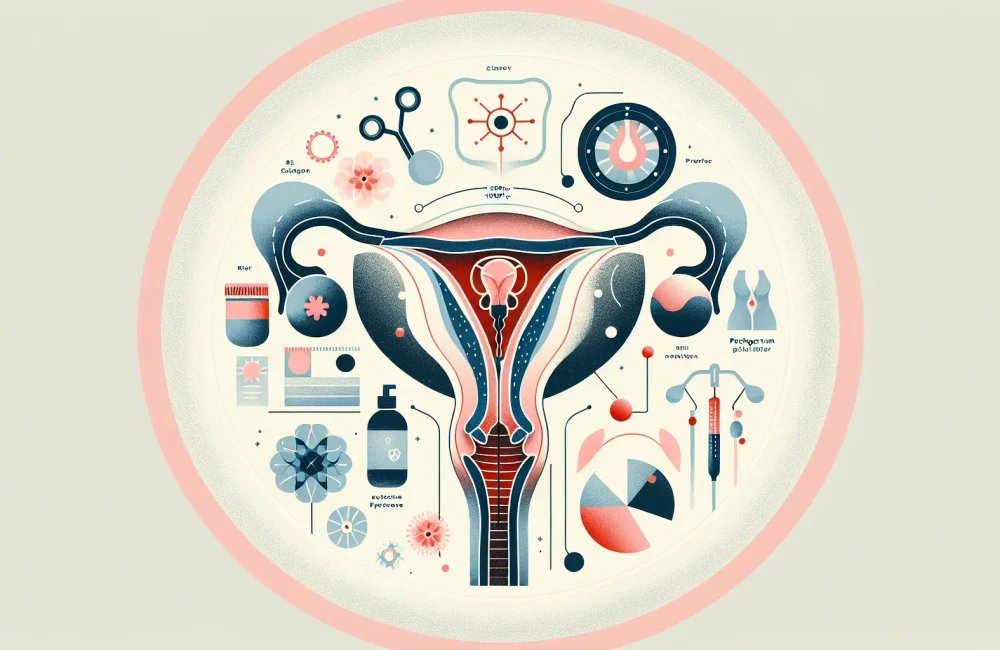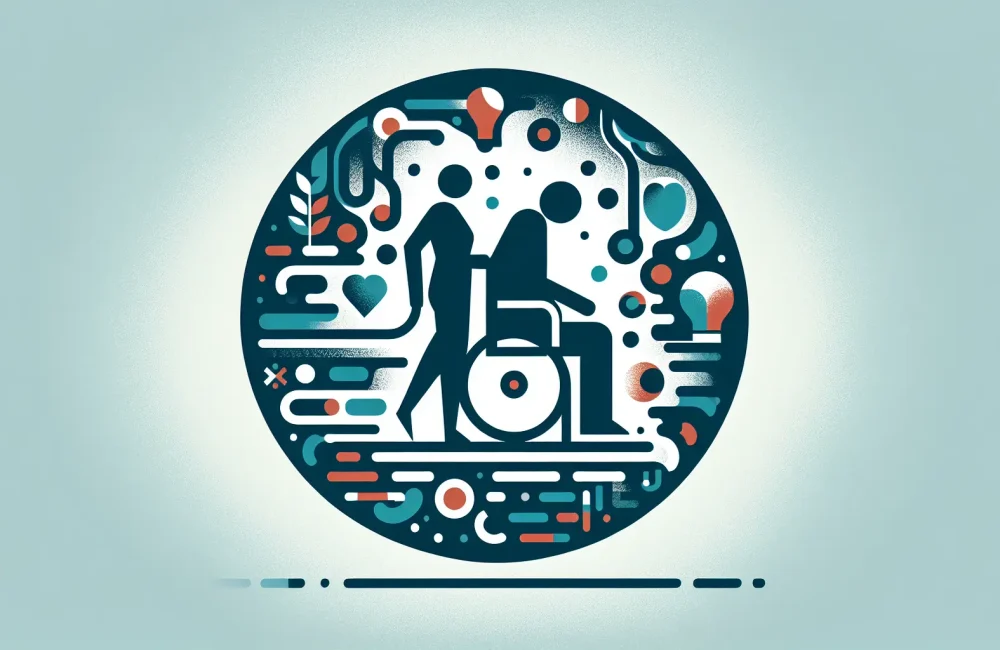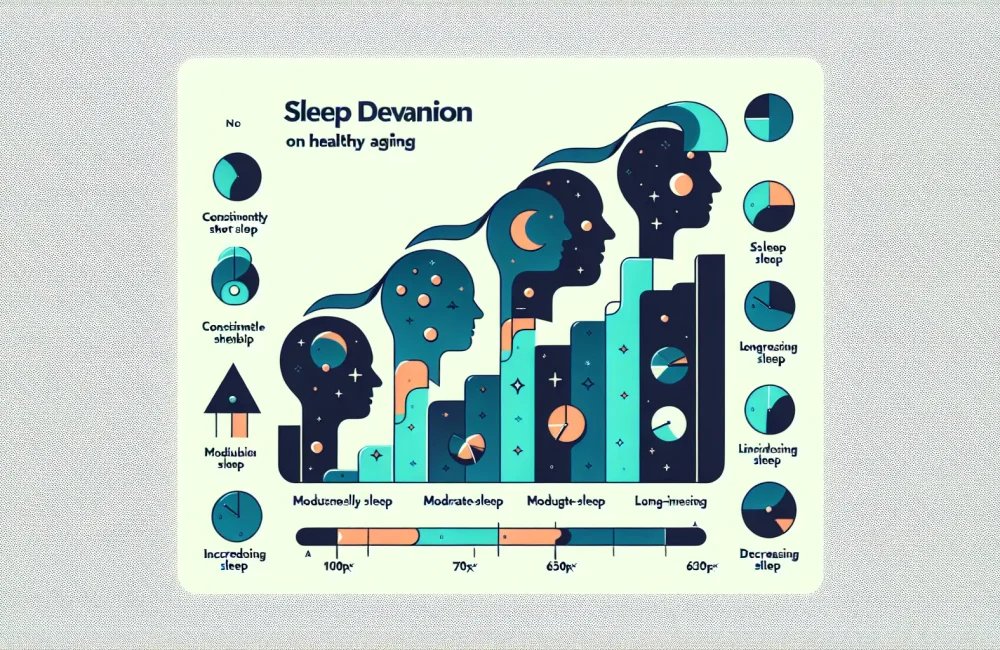By CAFMI AI From Frontiers in Medicine (Open Access)
Development and Validation of a Nursing Needs Scale
**Background and Need:**
Urinary incontinence (UI) is a prevalent issue among elderly populations, significantly impairing quality of life by affecting physical comfort, emotional wellbeing, social participation, and independence. For healthcare professionals, particularly nurses in primary and specialized care settings, understanding and addressing the diverse needs of elderly UI patients is critical. Despite the availability of various clinical guidelines for managing UI, there has been a recognized gap in standardized tools that comprehensively assess nursing-specific needs tailored to this population. To address this gap, the study sought to develop a specialized Nursing Needs Scale aimed at quantifying and categorizing the various nursing care demands of elderly patients with UI. This effort represents a critical step toward enabling nursing teams to implement more individualized and effective care plans.
**Methodological Approach:**
The creation of the scale followed a rigorous multi-step development process beginning with extensive literature review to identify key domains of nursing needs in elderly UI patients. Expert consultations were conducted using the Delphi method, which involved multiple rounds to refine scale items based on professional consensus. The resultant preliminary scale encompassed several domains including physical, psychological, social, and environmental aspects impacting nursing care requirements. Pilot testing was performed in diverse healthcare settings, enrolling elderly patients diagnosed with urinary incontinence. This approach ensured that the scale captured a holistic and clinically relevant range of nursing needs. The rigorous design aimed to enhance the scale’s applicability in real-world clinical contexts and improve its acceptability among nursing practitioners.
Psychometric Testing and Clinical Relevance
**Reliability and Validity Findings:**
The final Nursing Needs Scale consisted of 30 items categorized under five dimensions, reflecting comprehensive nursing care areas. Psychometric evaluation demonstrated strong internal consistency, with a Cronbach’s alpha of 0.92 indicating excellent reliability. Test-retest reliability was confirmed with an intraclass correlation coefficient of 0.88, supporting the tool’s stability over time. Construct validity was solidly established through confirmatory factor analysis, yielding a Comparative Fit Index (CFI) of 0.95 and a Root Mean Square Error of Approximation (RMSEA) of 0.05, both within acceptable ranges. Additionally, the content validity index reached 0.94 based on expert agreement, reflecting that the items accurately represented the nursing needs domain.
**Clinical Implications:**
For clinicians working with elderly UI patients, this scale offers a practical mechanism to systematically assess nursing needs beyond standard symptom management. It provides actionable insights into often under-recognized psychosocial and environmental factors contributing to patient wellbeing. Nurses can utilize the scale as part of admission assessments or ongoing evaluations to tailor interventions addressing physical limitations, emotional support, social engagement, and living environment adjustments. Implemented effectively, this tool is expected to improve patient outcomes by promoting personalized care plans, enhancing communication within multidisciplinary teams, and identifying areas requiring targeted education or resource allocation. These outcomes align well with established clinical guidelines that emphasize comprehensive, patient-centered approaches for managing urinary incontinence in elderly patients.
Future Directions and Implementation Strategies
The study highlights the importance of integrating the Nursing Needs Scale into routine clinical practice to optimize care delivery for elderly UI patients. Future research is recommended to explore its effectiveness in diverse healthcare settings and to evaluate its impact on patient outcomes over the long term. Additionally, digitalization of the scale for use in electronic health records could facilitate streamlined data collection and real-time clinical decision support. Training programs for nursing staff on the utilization of this tool will be crucial for successful adoption. Ensuring cultural adaptability and language translations may further broaden its applicability worldwide. Overall, this scale represents a promising advancement toward a more holistic and patient-centered approach to managing urinary incontinence among the elderly.
Read The Original Publication Here






